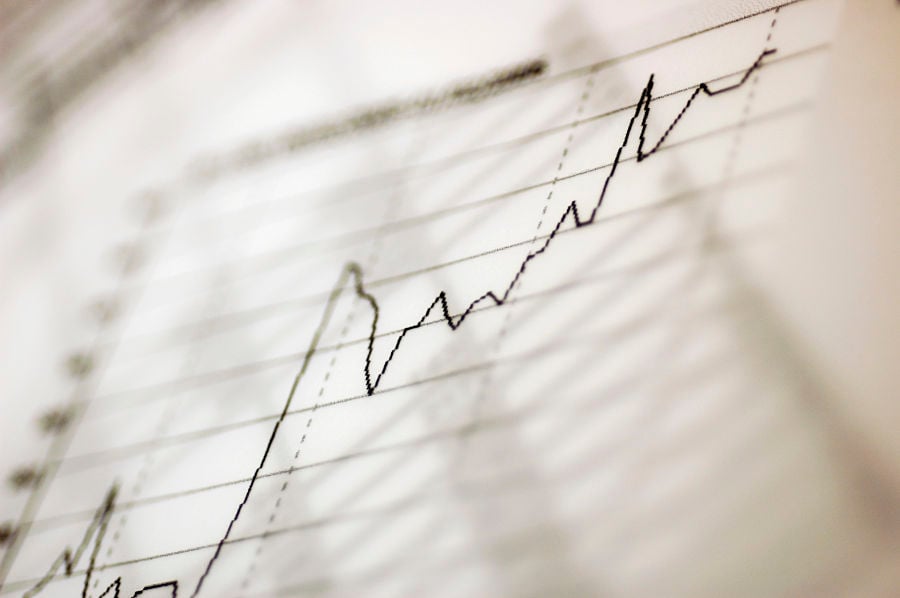

In the wake of what has been measured as the worst year ever for bonds, financial advisors are scrambling in 2023 to take what the Fed-assisted fixed-income market is giving investors.
Perhaps the most interesting thing about the new bullishness around bonds is the varied ways in which advisors are seizing on the opportunities.
“Last week we reallocated a good portion of the fixed-income side of our balanced model portfolios into short-term Treasury and investment-grade corporate ETFs yielding near 4.5% that will help to pay dividends, insulate against duration risk, as well as provide downside protection when a mild recession develops this year,” said Jon Ulin, founder of Ulin & Co. Wealth Management.
“Investors should not get too aggressive or fancy yet with longer-term or lower-grade bonds, as the worst of the bear market is not behind us, and may be better benefiting from high-grade, short-term bond rates that we have not seen in 14 years,” Ulin said. “We are also utilizing reinsurance bond funds for our income portfolios that provide ultra-low duration, a 5.5% yield and minimal exposure to traditional bond sectors.”
While most forecasters believe a recession is imminent this year and will likely create new challenges for risk assets including stocks, the table is being set for fresh allocations to fixed income.
In a report that could cynically be described as talking one’s book, notable fixed-income shop Pacific Investment Management Co. declared “a strong case for investing in bonds,” with higher yield resets last year rolling into a likely economic downturn this year.
According to Bloomberg, Pimco’s outlook for a “modest recession and moderating inflation” sets the stage for “the potential for both attractive returns and mitigation against downside risks.”
U.S. core bond funds that yield 5.1% or higher “may offer additional downside mitigation versus outer-circle assets in the event of worse outcomes,” according to Pimco.
Michelle Petrowski, founder and chief executive of advisory firm Being in Abundance, is reading the writing on the wall and adjusting client portfolios accordingly.
“Many folks are concerned about inflation, rising interest rates and the economy as we begin to see more layoffs,” she said. “As the current yield curve is inverted, making short-term interest rates higher than long term rates and signaling recession, laddering three-month Treasury notes that are offering 4.65% in many cases and strategically using I bonds are looking like safe bets in many cases for clients needing access to their money in three months to a year.”
When it comes to safety, Michelle Gessner, founder of Gessner Wealth Strategies, is finding rewarding opportunities in simple certificates of deposit.
“For money that needs to be in very safe investments, we are using six-month and one-year CDs,” Gessner said. “Surprisingly, CDs are paying a decent rate and bonds are still fluctuating in value.”
The bond market, as measured by the iShares Core US Aggregate Bond ETF (AGG), declined by more than 13% last year, but is up 2.7% so far this year thanks to the Federal Reserve’s relentless battle with inflation, which included seven rate hikes last year.
Jordan Benold, founder of Benold Financial Planning, is riding the bond market wave by laddering Treasury bills.
“I am designing a two-, four-, and six-month ladder that will repeat every two months,” he said. “This strategy currently pays 4.6% with no price fluctuation, as the bonds will all mature and the client gets their money back.”
Brandon Welch, a financial advisor at Newport Wealth Advisors, is using the current fixed-income environment to increase client allocations to individual bonds.
“One fantastic silver lining of the bad year for bonds is that the tools available for fixed-income investors are much more attractive now,” he said. “With the Federal Reserve signaling continued interest-rate increases to start 2023, I'm steering clients away from traditional bond funds. A portfolio of individual bonds, even Treasuries with durations of less than one year, can provide the client a solid 4% return without the interest-rate risk of holding a bond fund.”
Welch is also a fan of term-based bond ETFs that provide exposure to a large portfolio of bonds that all mature in a predetermined year. “This provides a similar outcome as purchasing a large number of individual bonds directly,” he said.
Creativity abounds because for the first time in a long time, bond yields are plentiful.
“I've already moved clients into ultra-short-term bonds,” said Nicholas Bunio, an advisor at Retirement Wealth Advisors.
“Since interest rates were increasing sharply last year, these bonds mature every few weeks or months,” he said. “They have better price stability than longer term duration bonds.”

Relationships are key to our business but advisors are often slow to engage in specific activities designed to foster them.

Whichever path you go down, act now while you're still in control.

Pro-bitcoin professionals, however, say the cryptocurrency has ushered in change.

“LPL has evolved significantly over the last decade and still wants to scale up,” says one industry executive.

Survey findings from the Nationwide Retirement Institute offers pearls of planning wisdom from 60- to 65-year-olds, as well as insights into concerns.
Streamline your outreach with Aidentified's AI-driven solutions
This season’s market volatility: Positioning for rate relief, income growth and the AI rebound
